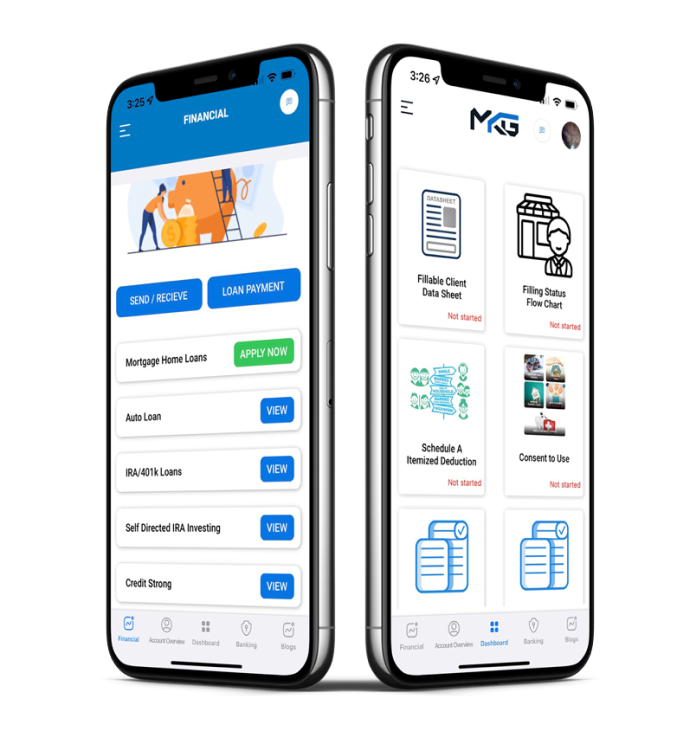Retirement Plans
At the Internal Revenue Service (IRS), we understand the importance of planning for retirement. That's why we offer a range of tax-advantaged retirement plans and Individual Retirement Arrangements (IRAs) to help you save for your future. In this article, we will provide you with information on recent developments, required minimum distributions (RMDs), IRAs, contribution limits, and plan administration.
Recent Developments
We are committed to keeping you informed about changes to guidance, laws, and procedures that affect employee plans. Here are some recent developments you should be aware of:
COLA Increases for Dollar Limitations on Benefits and Contributions
The amount individuals can contribute to their 401(k) plans in 2024 has increased to $23,000, up from $22,500 for 2023. This increase allows you to save even more for your retirement. Additionally, the IRS has issued technical guidance regarding all of the cost-of-living adjustments affecting dollar limitations for pension plans and other retirement-related items for tax year 2024. Stay updated on these changes to ensure you are maximizing your retirement savings.
To stay informed about the latest updates and changes, we encourage you to subscribe to our updates.
Required Minimum Distribution (RMD)
Once you reach the age of 72, you may be required to annually withdraw a minimum amount from your retirement plan. This is known as the Required Minimum Distribution (RMD). The purpose of the RMD is to ensure that individuals are using their retirement savings for their intended purpose - retirement income. To calculate the amount you may need to withdraw, use our RMD calculator.
IRAs
Individual Retirement Arrangements (IRAs) are a popular choice for individuals looking to make tax-deferred investments for their retirement. We offer two types of IRAs - Traditional and Roth IRAs.
Traditional IRAs
With a Traditional IRA, you can make tax-deductible contributions, which means you can reduce your taxable income for the year. The earnings on your contributions grow tax-deferred until you withdraw them in retirement. To get started with a Traditional IRA, follow our step-by-step guide.
Roth IRAs
Roth IRAs offer a different approach to retirement savings. With a Roth IRA, your contributions are made with after-tax dollars, meaning you don't get a tax deduction upfront. However, the earnings on your contributions grow tax-free, and qualified withdrawals in retirement are also tax-free. If you're interested in opening a Roth IRA, we can help you get started.
Contribution Limits
It's important to be aware of the contribution limits for your retirement plans and IRAs. These limits determine the maximum amount you can contribute each year. By staying within these limits, you can ensure that you are taking full advantage of the tax benefits associated with retirement savings.
To find out the contribution limits for your specific retirement plans and IRAs, consult our comprehensive guide.
Plan Administration
Managing retirement plans can be complex, but we're here to help. Whether you're an employer or an employee, our plan administration resources provide valuable information and guidance on various aspects of retirement plan management. From plan design to compliance requirements, we have the resources you need to ensure your retirement plan is running smoothly.
For detailed information on retirement plan administration, visit our Plan Administration section.
At the IRS, we are dedicated to helping you navigate the world of retirement planning. Whether you're just starting out or nearing retirement, we have the tools and resources to support you every step of the way.
